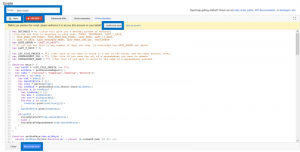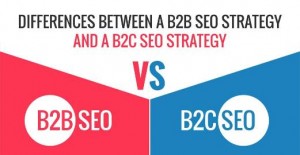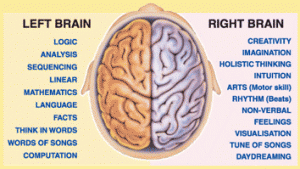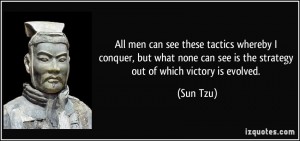
The old link building strategies just don’t work anymore.
You can’t just write some flimsy guest post copy, collect your backlink, and watch your position in search rise and rise. You can’t just leave some comments in a blog post or YouTube video and expect to get the exposure you want.
Google has cracked down on many link building practices in an attempt to ensure that only quality sites are ranking so that users have a good experience and get the information they want. Even readers have become much more discerning in the sites they visit and the content they will engage with.
Many have gone so far as to declare link building to be dead. In 2017, link building isn’t dead, but it will require some more thoughtful strategies than in the past. Here are some types of content you can create to get the exposure you need for your site:
Exhaustive Guides
Google is looking for content that explores subjects thoroughly and authoritatively, and exhaustive guides meet that criteria.
These guides also attract a large readership, and they encourage user engagement. They naturally attract links because they offer real value to users.
Your guide should explore a topic in full, and it should have plenty of research, including citations to other resources, quotes from experts, case studies, examples, statistics, charts and anything else that can illustrate your points or back up your assertions.
Be prepared to spend a significant amount of time and money to create this guide. Think beyond a long blog post and think more along the lines of an actual book, broken down into numerous links and pages of content that are aggregated in one central location.
You’ll put a lot into creating this guide, but you’ll get a lot in terms of traffic and exposure. You’ll establish yourself as a resource, and you’ll get returns on your work for years.
Lengthy Blog Posts
Lengthy blog posts also have their place, and they can provide much of the same information that is found in your exhaustive guide.
Your blog posts will be for readers who don’t have time to sit down and read a whole guide but who still want authoritative and well-researched content. You can even create a series of long blog posts that you compile into an exhaustive guide later.
Use the same standards when compiling your blog posts as you would when creating your guide. Take care in your writing, back up your statements with plenty of research, and include interesting and instructive visuals.
Aim to make your long blog posts at least 2,000 words, but shoot for 2,500 if you can. Well-written posts of this length get the most attention and the most links.
List Posts
Buzzfeed is the master of the list post, and it is perhaps the reason why these posts have become so eyeroll-worthy, but the list post continues to be a great way to get traffic and to get links.
List posts can be fun or they can be informative, but either way, they are easy to read in a hurry, and they provide quick takeaways that land with people.
Adding that number to your headline also gives the article a sense of authority. For example, you are going to name “7 ways to get more traffic,” which makes it sound like you have definitive answers and aren’t just offering some random tips.
Lists also elicit a lot of user engagement as they inspire a lot of agreement or dissent. People will either think your list is spot on, or they will complain that you overlooked key items. Either way, they will have an opinion and they will want to share, getting you links.
Content with Great Visuals
Pictures, graphics, video and other visuals make your content more eye-catching and more engaging.
In fact, HubSpot says that content with color visuals makes people 80 percent more willing to read an article or blog post.
To get the attention you want, your article or post needs to have prominently featured visuals. Don’t bury the best in a sea of text. Put your best picture or graphic right at the top of the article – maybe even above the headline.
Place visuals at regular intervals throughout your copy to keep readers engaged.
But don’t add photos and other visuals just to add them. Make sure that every visual that’s included helps to illustrate the content or to tell the story.
Getting links may not be as easy as it once was, but they are still possible to get with the right content marketing. The key to success with getting links is the same as it is with any aspect of your SEO: Creating quality content that is going to engage users and provide real value. These tips will help guide your content selection, but providing quality and value should always be your goal.
Digital & Social Articles on Business 2 Community(60)
Report Post






